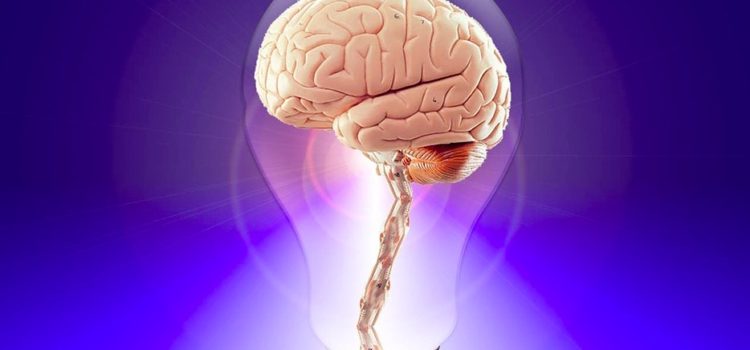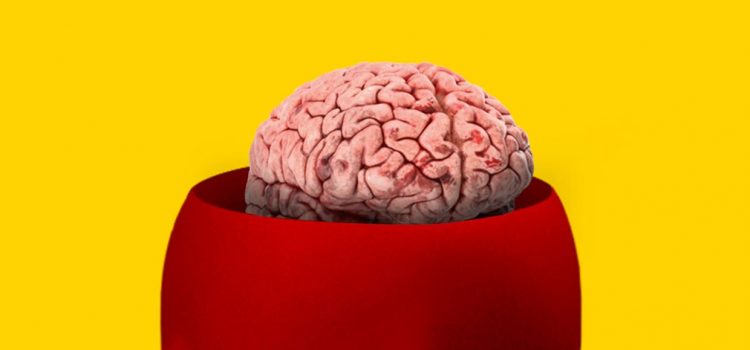Do you own your thoughts? Are they mostly positive or negative? Thinking positive is paramount to living a happy and successful life because our thoughts become self-fulfilling prophecies. That’s the position of Joyce Meyer, who implores us to take ownership of our thoughts—focusing on God and remembering that the devil tries to keep our minds negative. Keep reading to learn how to keep a positive mindset.
How to Keep a Positive Mindset (Battlefield of the Mind)










